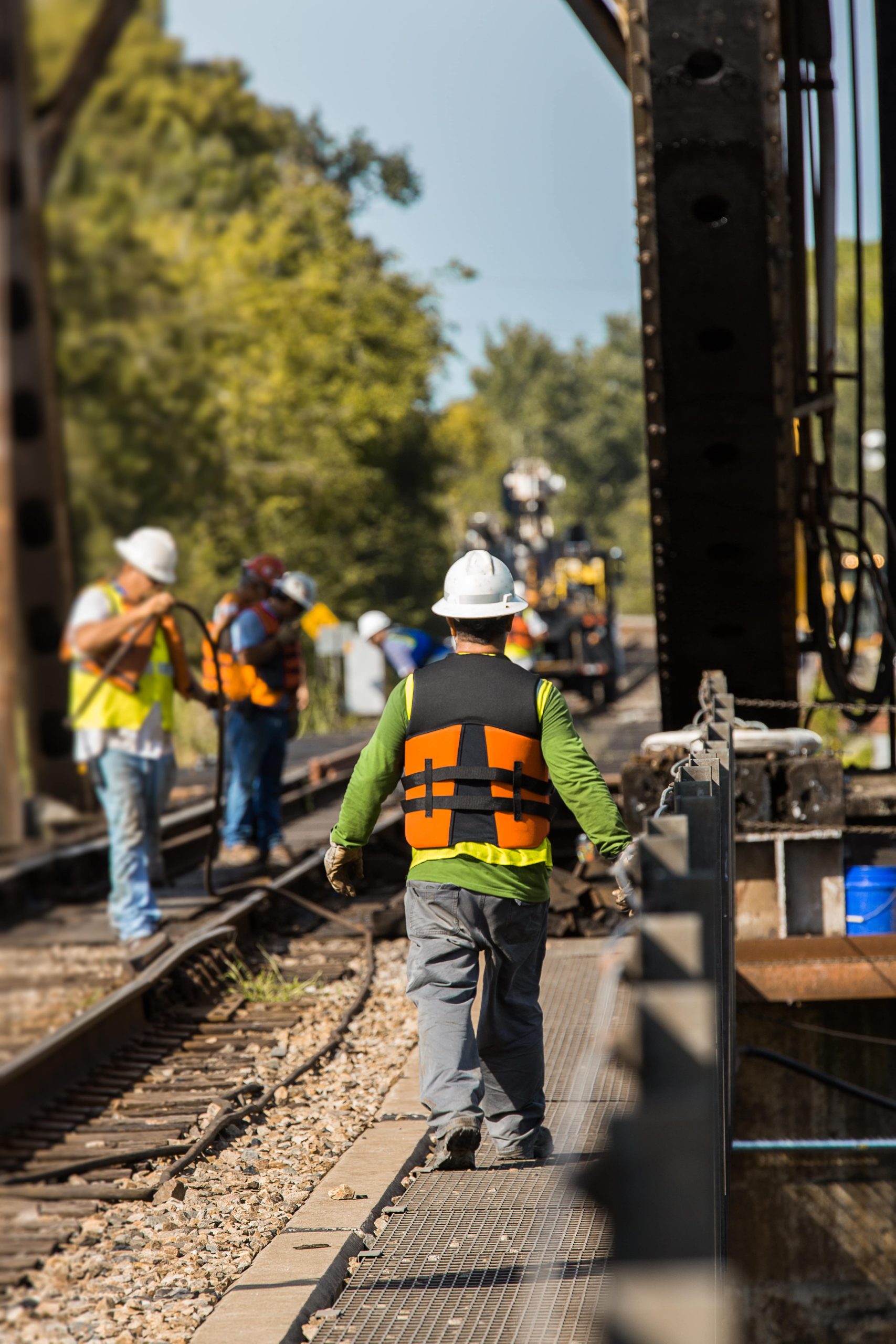What Is The Railroad Cancer Settlement Term And How To Use It
Understanding the Railroad Cancer Settlement: A Comprehensive Overview
Railroad workers frequently face unique occupational risks due to exposure to hazardous chemicals, dust, and other conditions harmful to their health. Among these concerns is the alarming correlation between particular occupational exposures and an increased danger of cancer. This post aims to provide a useful summary of railroad cancer settlements, the elements that assist eligibility, and what impacted workers can anticipate as they browse this complicated legal terrain.
What Is a Railroad Cancer Settlement?
A railroad cancer settlement refers to the settlement granted to railroad workers identified with specific kinds of cancer due to exposure to hazardous substances in the course of their work. The claims frequently emerge under the Federal Employers Liability Act (FELA), which enables railroad workers to sue their companies for neglect that results in injury or disease.
Common Cancers Associated with Railroad Work
The following table lays out some of the cancers typically associated with railroad work and their associated exposure dangers:
Cancer Type
Direct exposure Risks
Lung Cancer
Asbestos, diesel exhaust, silica dust
Multiple Myeloma
Benzene, other poisonous chemicals
Bladder Cancer
Aniline dyes, benzidine, solvents
Non-Hodgkin Lymphoma
Pesticides, herbicides, carcinogenic products
Leukemia
Benzene and other harmful compounds
Aspects Affecting Railroad Cancer Claims
When pursuing a railroad cancer settlement, a number of factors come into play:
Medical Documentation: Claimants need to provide medical proof linking their diagnosis to job-related exposures. This consists of pathology reports and epidemiological studies where appropriate.
Employment History: A detailed account of the employment history within the railroad industry can strengthen a claim. Cancer Lawyers Near Me includes task descriptions, duration of service, and direct exposure records.
Chemical Exposure: Documentation and professional statement concerning direct exposure to known carcinogens in the workplace boost the viability of claims. Chemical safety files and Material Safety Data Sheets (MSDS) might assist in this element.
Company Negligence: The law requires evidence that the company's carelessness contributed to the worker's cancer diagnosis. This may involve demonstrating that appropriate precaution were not taken or that the employer failed to supply needed protective devices.
Statute of Limitations: Each state has differing timeframes within which a claim must be filed, called the statute of restrictions. It's crucial to file claims immediately to make sure eligibility.
The Role of Lawyers in Railroad Cancer Settlements
Given the intricacy of railroad cancer claims, legal representation can significantly affect the outcome. A well-informed attorney specializing in railroad employee injuries will:
- Offer a comprehensive review of the case.
- Assist collect important evidence.
- Supporter for the worker's rights in settlement negotiations.
- Enhance the possibility of securing was worthy of compensation.
Advantages of a Settlement
Settlements can offer important financial backing to workers battling cancer. Some advantages consist of:
- Coverage of medical costs
- Settlement for lost incomes
- Benefits for pain and suffering
- Future care factors to consider
Often Asked Questions (FAQ)
Q1: What cancers are compensable under railroad settlements?
A1: Workers may be qualified for payment for cancers like lung cancer, bladder cancer, multiple myeloma, and non-Hodgkin lymphoma, to name a few, if they can prove exposure to understood carcinogens.
Q2: How long do I need to sue after a cancer diagnosis?
A2: The statute of limitations differs by state. It's vital to seek advice from a legal expert immediately after medical diagnosis to make sure timely filing.
Q3: Can I still file a claim if my company no longer exists?
A3: Yes, claims can still be submitted versus the railroad business even if they've gone out of business, as particular liabilities may transfer to follower companies or be covered by insurance.
Q4: What sort of proof is required for a claim?
A4: Claimants require medical records indicating the medical diagnosis, documentation of employment history, information on chemical exposure, and proof of employer neglect.
Q5: Is there a limitation to just how much I can get in a settlement?
A5: While there is no fixed cap on settlements, the amount awarded usually depends upon the severity of the diagnosis, lost earnings, and other damages incurred.
Steps to Take If Diagnosed with Cancer
Seek Medical Attention: First and foremost, get the required medical care and treatment.
File Everything: Keep extensive records of your medical diagnosis, treatment, and any relevant work history.
Seek advice from an Attorney: Find a lawyer concentrating on railroad injury declares to examine your case and guide you through the legal procedure.
File a Claim: Work with your attorney to submit the claim without delay to prevent missing out on the statute of limitations.
Get ready for Negotiation: Engage in settlement discussions with your employer or their insurer, guided by your legal representation.
Railroad cancer settlements represent a vital ways for afflicted workers to look for justice and settlement for their occupational exposure to hazardous substances. Understanding the subtleties of claims, the importance of legal expertise, and the types of cancers that might arise from such exposure can empower workers in their defend acknowledgment and support. It is vital that railroad staff members stay vigilant about their health and familiar with their rights as they browse the typically complex legal landscape surrounding occupational health problems.
